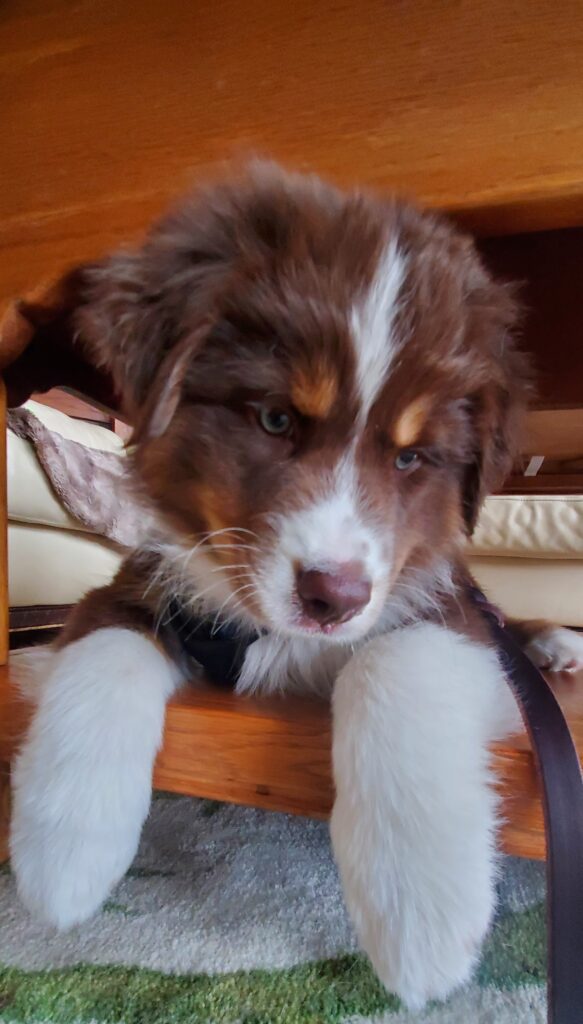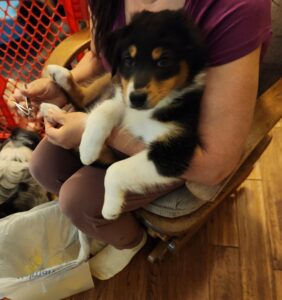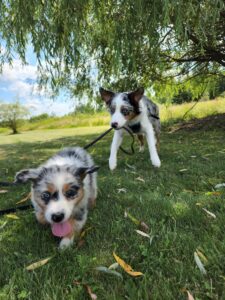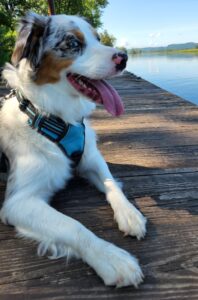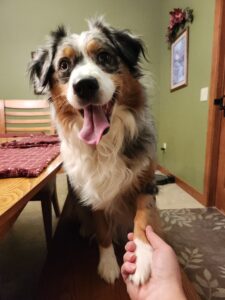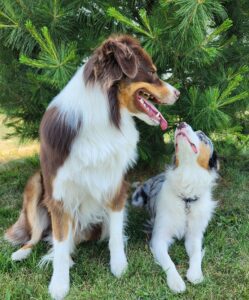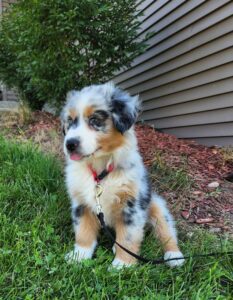Ensuring Safe Chew Toys For Your Puppy
During the puppy teething phase, which typically begins around 5-6 weeks and can extend beyond six months, it’s crucial to provide appropriate chew toys as an essential aspect of caring for your puppy. These toys serve multiple purposes, including preventing injuries and safeguarding your belongings from accidental damage. However, selecting the right chew toys is crucial to ensure your puppy’s safety.
When choosing chew toys for your puppy, opt for ones that are specifically designed for teething puppies and are made of durable materials that can withstand vigorous chewing. Look for toys made of rubber or nylon (like Nylabone and Benebone) that are free of small parts that could break off and pose a choking hazard. Additionally, consider the size and texture of the chew toys, as puppies may prefer different textures depending on their individual preferences.
Regularly inspect the chew toys for signs of wear and tear, such as fraying or breakage, and replace them as needed to prevent your puppy from ingesting small pieces that could cause digestive issues or blockages. It’s also essential to supervise your puppy while they’re chewing to ensure they’re using the toys safely and not engaging in destructive chewing behavior.
Practical Tips For Sharp Puppy Teeth
Dealing with sharp puppy teeth can be challenging, but with some simple strategies, you can manage this phase effectively and teach your puppy appropriate chewing behavior:
- Keep Chew Toys Handy: Ensure chew bones and toys are easily accessible to discourage your puppy from chewing on inappropriate items, including you. Consistency in redirecting their attention to chew toys is key to reinforcing positive chewing habits.
- Set Rules and Boundaries: Establish consistent rules to instill discipline in your puppy. If they start chewing on you, redirect their attention to an appropriate item. If the behavior persists, create distance by standing up, walking away, or turning your back, signaling that biting is unacceptable.
- Use a Sharp “Puppy Cry” Noise: Mimic the sharp cry puppies make when experiencing pain. This noise emulates how they communicate discomfort to their littermates. If your puppy bites too hard, emit a quick, high-pitched noise to convey the pain, teaching them to moderate their biting force.
By incorporating these practical strategies into your training routine, you can navigate the puppy teething phase effectively and teach your puppy appropriate chewing behavior while ensuring their safety and well-being. Remember, patience and consistency are key when it comes to teaching your puppy good manners and habits.

